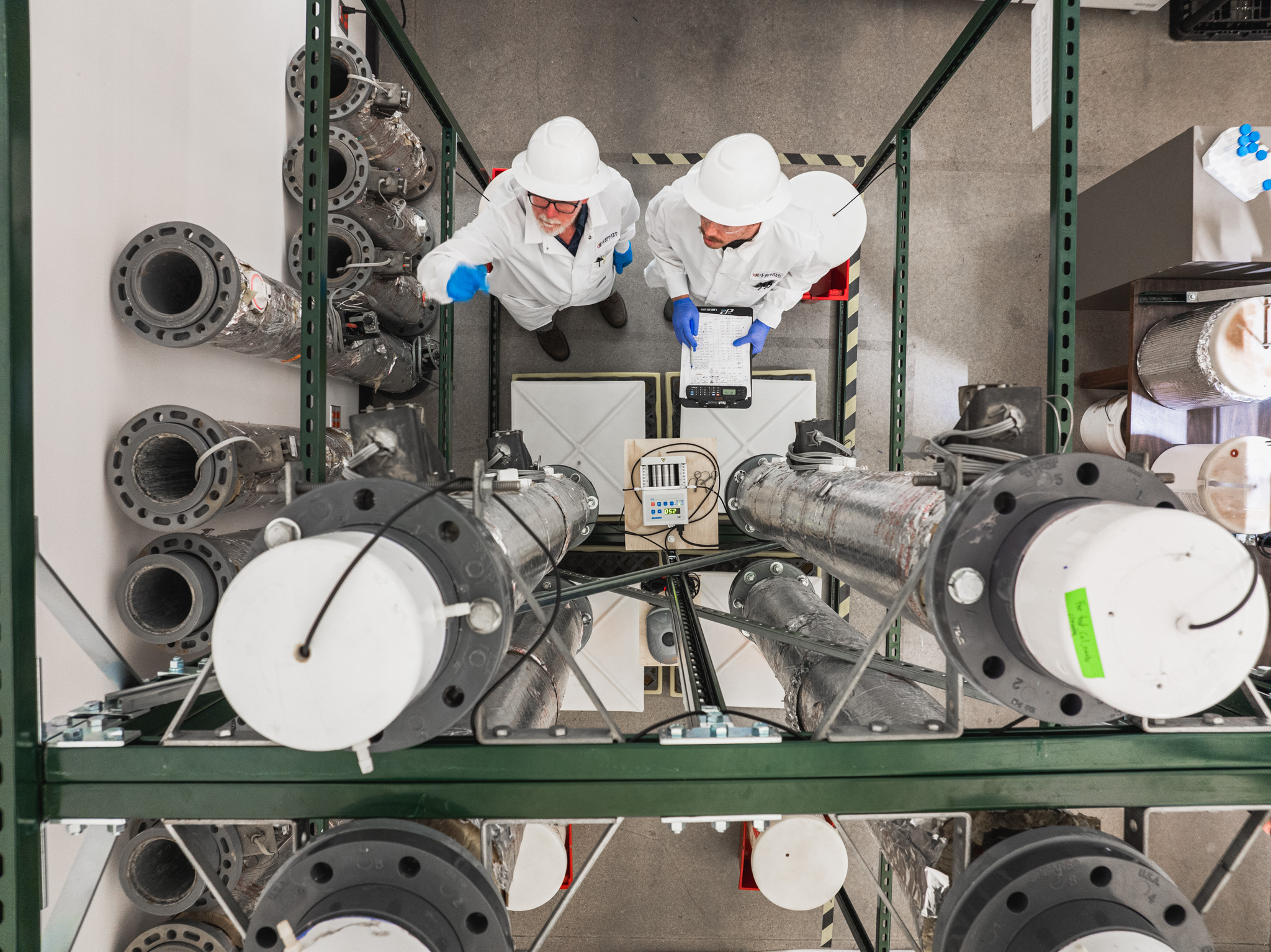Climate Insider Brief:
- Researchers have developed dual-site radioactive isotope dye-sensitised betavoltaic cells, a novel type of semi-permanent battery that doesn’t require recharging.
- This innovative approach utilises cost-effective materials like the N719 dye, offering a promising solution to the limitations of conventional battery technologies.
- The newly developed betavoltaic cells exhibit significant improvements in power conversion efficiency and stability compared to previous iterations.
In a significant development towards addressing the escalating demand for efficient and long-lasting battery solutions, a research team has unveiled the development of dual-site radioactive isotope dye-sensitised betavoltaic cells. These cells represent a promising advancement in battery technology, offering a semi-permanent power source without the need for recharging.
The research, led by Professor Su-il In at the Department of Energy Science and Engineering at the Daegu Gyeongbuk Institute of Science & Technology (DGIST), marks a notable breakthrough in the pursuit of cost-effective and high-efficiency betavoltaic cells. Departing from conventional approaches that rely on expensive semiconductor materials, the team leveraged the N719 dye from the ruthenium (Ru) group, combined with the radioisotope 14-citric acid (14CA) and titanium dioxide (TiO2).
One of the distinguishing features of betavoltaic cells is their ability to generate power autonomously, harnessing beta-ray electrons emitted from radioisotopes as their energy source. This inherent characteristic not only eliminates the need for external power sources but also contributes to the semi-permanent lifespan of these cells, owing to the prolonged half-life of radioisotopes.

The significance of this technological advancement extends beyond the realm of battery innovation. As the world embarks on the Fourth Industrial Revolution, characterised by transformative technologies like the Internet of Things (IoT) and artificial intelligence (AI), the demand for robust and sustainable energy solutions becomes increasingly pronounced. Betavoltaic cells offer a compelling alternative to conventional batteries, addressing concerns such as rising material costs, safety issues, and performance limitations.
The study conducted by Professor Su-il In’s team yielded promising results, showcasing a remarkable increase in power conversion efficiency and stability compared to previous iterations. The newly developed cells demonstrated the capacity to generate an impressive number of electrons while maintaining stability over an extended period, highlighting their potential for practical applications across diverse sectors, including space exploration, healthcare, electric vehicles, and drones.
Commenting on the significance of their research, Professor Su-il In emphasised the importance of scalability and commercial viability. The successful development of betavoltaic cells based on cost-effective dye materials opens avenues for mass production and eventual commercialization, promising to contribute to Korea’s leadership in advanced materials and technologies on the global stage.
The advent of dual-site radioactive isotope dye-sensitised betavoltaic cells represents a noteworthy advancement in battery technology, offering a compelling solution to the evolving energy needs of the modern world. As research continues to refine and optimise these cells for widespread deployment, their potential to drive innovation and catalyse progress across various industries remains undeniable.
To stay informed about the climate industry explore our latest climate news.
SOURCE: Techxplore
Featured Image: Credit: Journal of Power Sources








